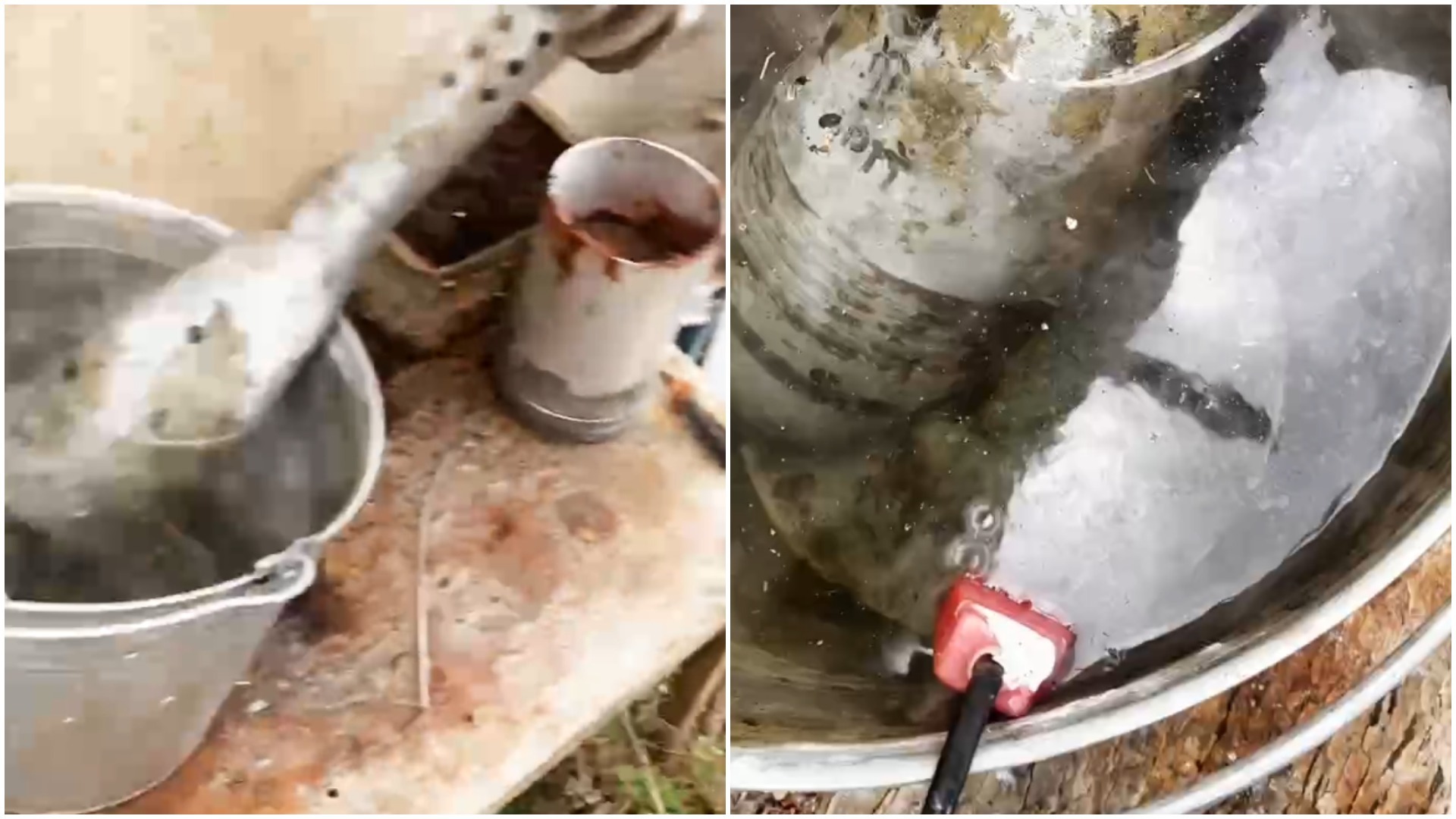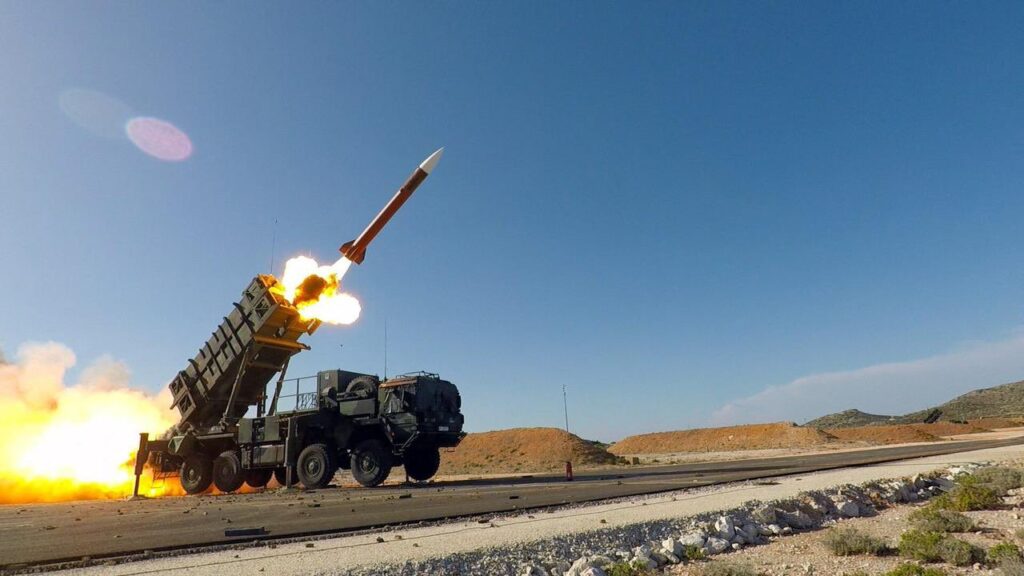Russia arms Molniya drones with yellow phosphorus in Ukraine trench attacks

Russia reportedly used a Molniya drone armed with yellow phosphorus against Ukrainian forces. A video that emerged on social media shows an attack targeting Ukrainian trench positions with incendiary material. The Molniya drones is a cheap mass-produced medium-range drone.
Russia deploys phosphorus-filled Molniya drones over trenches
According to Ukrainian analytical group Vodohrai, Russian forces are using strike drones of the Molniya type equipped with warheads containing yellow phosphorus against Ukrainian troops. According to Militarnyi, Vodohrai received and studied footage from one of the attacks, concluding that the drones have been modified to deliver chemical agents that cause severe harm.
The use of phosphorus compounds in combat can lead to large-scale fires and devastating burn injuries. Yellow phosphorus retains many of the same properties as white phosphorus — it ignites easily and is highly toxic. This makes it especially dangerous when used in drone-delivered attacks against exposed infantry in trenches or dugouts.
Images and footage shared by Vodohrai also show the process of Russian troops extracting yellow phosphorus from mortar rounds. This supports the group’s assessment that Russian forces are attempting to modify standard munitions to increase their destructive potential against personnel, rather than for obscuring movements.

Since 2014, Russian forces have also used 9M22S incendiary munitions launched from multiple rocket systems against Ukrainian territory. The latest development marks a continuation and possible escalation of Russia’s use of incendiary weapons during its war in Ukraine.


